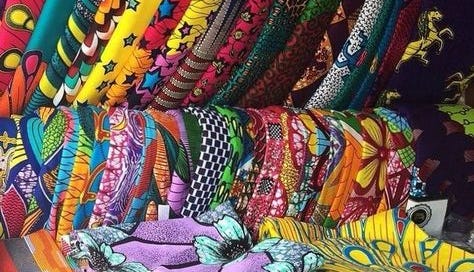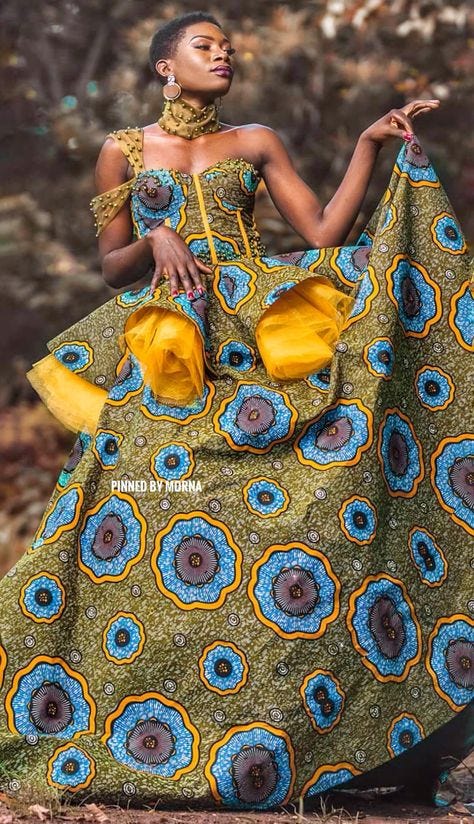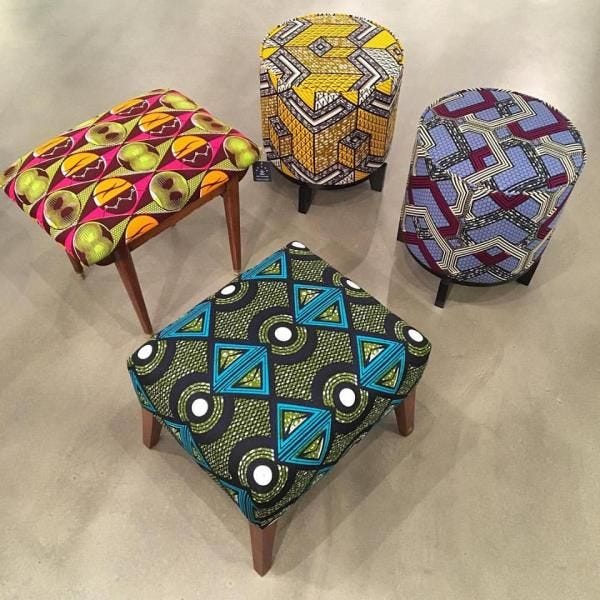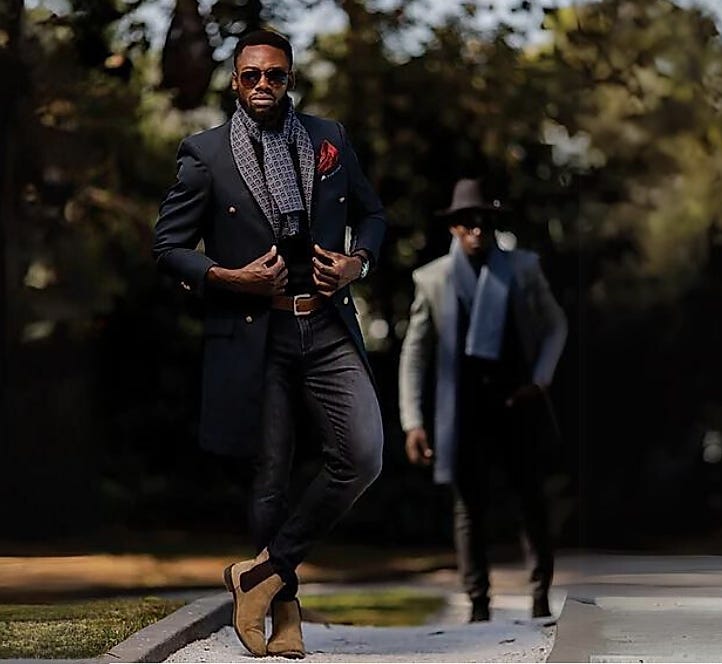Welcome to Issue #18 of the African Fashion File newsletter. This week, still in the eastern region of the continent, we will be exploring the stunning southeast African country of Malawi, where we’ll discuss the country's ancient history, colorful culture, and popular breathtaking fashion. Let’s dive into what the culture of this great nation looks like.
Malawi is a landlocked country occupying a curving thin strip of land between Zambia and Mozambique, extending southwards along the valley of the Shire River and bordered to the north and northeast by Tanzania. Home to the Great Rift Valley, Malawi’s landscape is highly varied and spectacularly inundated with plateaus, mountains, and beautiful lakes like Lake Nyasa (Lake Malawi), the third-largest lake in Africa.
In local Chichewa and Chitumbuka dialects, Malawi means “flames” and is also fondly referred to as the “Warm Heart of Africa”. The country is a densely populated country with an estimated population of about 21 million people. It is home to ten ethnic groups, such as Chewa, Yao, Tumbuka, Lomwe, etc. each with distinct cultures, languages, and a unifying fashion sense.
For instance, the Chewa people are known for the traditional Gule Wamkulu dance, which features intricate masks and costumes, Yao is recognized for colorful wraps and detailed beadwork, while Tumbuka is respected for its embroidery and distinctive patterns. It is also important to note that Malawians are simple people, in fashion and everyday life.
Fashion in this country, tells a historic mix of traditional influences and colonial-era impacts, particularly during the British subjugation. Its present-day fashion is storytelling at its finest, of unity, culture, simplicity, and modernity. At the core of this unity is a single fabric known as Chitenge. As aptly described by Lilly Alfonso, an award-winning Malawian designer, “The Chitenge is more than a fabric, it is the heartbeat of Malawi’s identity.”
The origin of the Chitenge fabric can be traced to Indonesia and was brought to the shores of Malawi through trade with foreigners hundreds of years ago. This fabric is popular throughout eastern Africa and is heralded for its bright colors and intriguing patterns. It is also thickly waxed and sold in whole yards in both large markets and small stores. The method of producing the Chitenge fabric is known as batik, a wax-resist dyeing technique and ancient art form.
In rural areas, women typically wear Chitenge as wrappers, dresses, head wraps, etc. It is also used as a baby sling and can be tailored in more Western styles or even as accessories and home decor such as bags, pillowcases, etc. The Chitenge holds a permanent place in the heart of Malawian fashion as there is never a shortage of new patterns and styles for women, both old and young, to explore and enjoy.
Another piece of traditional clothing for the Malawian woman is the Ngulu, which is a traditional dress worn at cultural ceremonies and for dance engagements. It is created from local materials and is highlighted by intricate beadwork and embroidery. The Ngulu is a beautiful piece of traditional clothing designed to elaborate the Malawian woman's elegance, beauty, and fluidity.
Historically, men’s fashion in Malawi includes garments made from mbona cloth or Chitenge fabric. In recent times, however, men’s fashion by law is the English gentleman’s dress – suit, shirt, and tie – which was adopted and adhered to in all public offices. Men in Malawi often wear a combination of traditional pieces and other Westernized clothing such as pairing a Beni with jeans, shorts, etc. The Beni shirt is made from colorful Chitenge fabrics and features unique patterns and designs that reflect Malawian culture.
The Chitenje cloth is a stylish and vibrant way for women and men to express themselves and an inexpensive way to style and provide clothing for Malawians. While it can be used for many things as earlier highlighted, the traditional uses and designs of the material are still intact. It is also incorporated into newer and fresher designs by fashion designers that are extending the frontiers of designs possible with the Chitenge fabric.
Through the help of organizations such as Fashion Malawi Edition (Fame), which worked to ensure the marketing and development of the local fashion industry, the Malawi fashion scene has gained international attention and is changing the status-quo narratives regarding African fashion. Founded in 2010 by Zilanie Gondwe and Inge Knapen with the single goal of identifying voids in the Malawian fashion industry, the organization successfully hosted the first Malawi Fashion Show, thereby launching the country’s burgeoning fashion industry to the world.
To aid in this lofty dream of introducing Malawian fashion to the global community, Malawi boasts of fashion designers such as Linda Khumbanyiwa, founder of Lynne Kayenne Studio, a contemporary women’s wear luxury brand, dedicated to redefining the fashion landscape of Malawi and promoting sustainable wear in the country.
Lilly Alfonso, on the other hand, is an authentic African luxury fashion brand born in Malawi, which epitomizes the essence of African culture through vibrant colors and bold prints. As a renowned fashion designer, each creation is designed to make an impact in redefining luxury fashion and celebrating the richness of African heritage.
As we have seen, fashion in Malawi is not just a natural response to man’s need for covering, but a lesson in practicality as well as a representation of the country’s cultural diversity and rich history. We have been offered a glimpse into the simple yet sophisticated designs and fabrics that symbolize the cultural identity of this exotic country.
We hope this trip ushered you into Malawi’s riveting world of fashion. We look forward to touring with you as we visit other African countries. To enjoy more details on Malawi and other African countries, follow our posts on Instagram @thefashionedmuseum.
See you in the next issue!
- The Fashioned Museum Team








